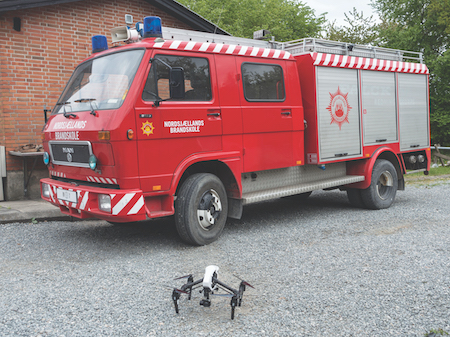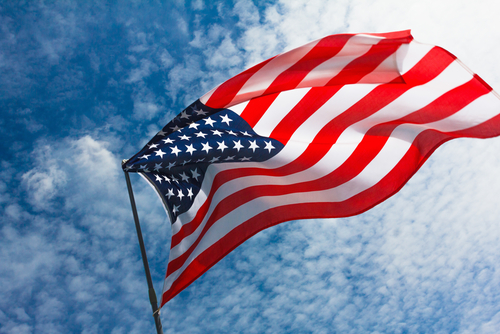On the table are plans for developing standard operating procedures for drone applications within the domain of public safety and infrastructural inspections. Tom Dent-Spargo spoke with Dr. Barbara Stelzner, Corporate Communication Director, DJI EMEA, to find out more about the programme.
How did this colalboration with Space53 come about?
One our our Dutch partners, a company called UAV International, has been involved into the Space53 project since it was launched. They were very enthusiastic about the potential of this unique ecosystem, and invited us for a big educational event back in November last year. After visiting Enschede and after speaking to the Space53 partners we decided to explore the opportunity of signing a Memorandum of Understanding, that would pave the way for a long-term partnership.
Why did DJI choose Space53?
We chose Space53, because of its unique infrastructure (Twente airport), the city's open and very innovative approach towards drones, and also the uniqueness of the ecosystem itself. By applying the multi-stakeholder approach, Space53 has attracted public, educational and private partners, that means comprehensive discussions about the future of drone technology.
Can you outline the training programme offered at the centre?
One of the key factors of choosing Space53 was the experience of Twente Fire brigade in using drone platforms for emergency situations. We see that drones can bring a tremendous benefits to the field of public safety, and Twente firefighters are one of the first fire services in Europe that are developing their standard operating procedures and curriculums. In addition to that, they already have dedicated people responsible for UAV operations.
The idea of the training programme is to pass the best knowledge onto the fire services in the Netherlands and neighbouring countries. The training will not only include UAV training in general (airspace awareness, navigation, meteorological aspects), but also will put a huge focus on tactical training – how best to use drones in a highly-stressful emergency situation. We plan to do some real-life scenario simulations with Twente fire fighters, in order to show how drones can be used during a fire, what type of data can be produced with a help of drone, and how that data can be analysed, in order to improve the work of fire fighters.
What is DJI's interest in this area?
One of our key interests is to help save lives. We know that drones are becoming instrumental in helping to save lives. On the other hand, we know that fire-fighters and emergency agencies need better training and better awareness about this technology. Therefore, we want to work more closely with those institutions in order to build capabilities and deepen their knowledge about the drone use for public safety.
How can drones help with safety services?
Drones can help in various ways. Firstly, drones can give much better situational awareness for the people who are responding to an incident. A drone equipped with thermal imaging camera, or a zoom camera, can not only give a good overview of the whole incident scene but can also keep firefighters or responders much safer.
Secondly, drones can help spot missing people. By using thermal imagery, with special dedicated maps, first responders or search and rescue units can search wider areas. Thirdly, drones can bring critical medical or other supplies to the people who are in need for that. There are instances when a drone brought a lifebelt for a drowning person. Finally, drones can help inspect buildings after big fires or incidents, meaning that fire fighters don't need to be put at risk. The recent example of such use was the Grenfell Tower in London.
What can they offer that no other technology can?
Drones are easy to deploy and very cost-efficient. If you compare the cost of a drone to the cost of technologies that can do similar jobs, drones are much cheaper and can give the same or even better result/outcome.
How important is public engagement to the drone industry?
We have plenty of great examples of our technology being used for a good cause. Our core idea is to share those stories with the public, the media, and other stakeholders like governments. As the market leader, we need to engage in the public’s education about the drone technology. Sharing those lifesaving or research stories is a big part of that education.


.jpg)
.jpg)
.jpg)

.jpg)


.jpg)

